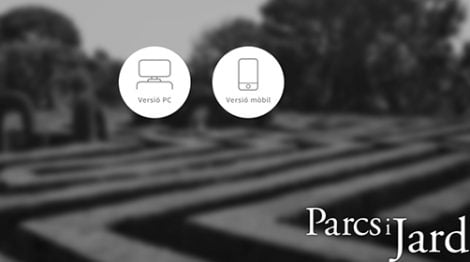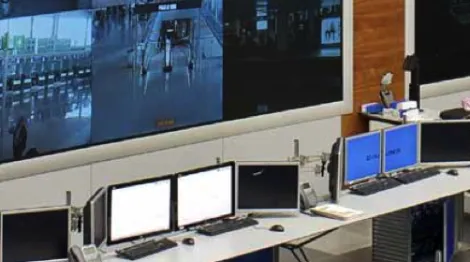Leverage Cutting-Edge Technologies for Asset Performance Management
The market offers new technologies that maximize the efficiency and availability of your assets and processes. Try them!



Currently, it is rare to find an organization where concepts such as Big Data, AI, Data Analytics, Machine Learning, AR, or VR are not mentioned. Both in companies that operate in industries and in infrastructures, this wide variety of acronyms and buzzwords are already part of everyday life. Even so, in many cases, knowing how to apply them within the digital transformation remains a pending task.
There are many uses for all of them that help optimize industrial processes and extract contextualized information for better decision-making. In this specific article, we will focus on Asset Performance Management (APM) technological solutions that will allow us to make a qualitative leap in the maintenance of our assets.
Implementation of High Technology as Added Value
Several studies show that only 18% of the breakdowns suffered by assets are related to the passage of time. If so, preventive maintenance could foresee a very small portion of the total breakdowns.

Given this, new technologies play a very important role in reducing interruptions derived from these failures. In addition to increasing the availability, reliability, and safety of our assets, they minimize costs and extend the useful life of the equipment.
The consequences, positive to say the least: beyond obtaining a greater return on investment, the companies that benefit from these technologies will become more sustainable. Depending on the maintenance strategy that is of interest in each case, one or the other will be chosen:
Condition-Based Maintenance (CBM)
Condition-based maintenance (CBM) leverages technology, such as the Internet of Things (IoT) and data analysis, to establish fixed rules that predict when the current operating condition of an asset deviates from its optimal state. Thus, you can schedule maintenance based on the actual conditions of the equipment.
Advanced Predictive Maintenance (PdM)
What if the rules are not fixed, but vary according to load, environmental, or operational conditions? In these cases, it is necessary to implement Advanced Predictive Maintenance, which uses Machine Learning and Artificial Intelligence to create a model based on historical operational data of the asset.
Through real-time monitoring of deviations in the behavior of the asset with respect to predictions, these technologies allow us to anticipate breakdowns days, weeks, or even months before they occur.

Augmented Reality (AR) and Virtual Reality (VR)
Augmented Reality (AR) and Virtual Reality (VR) are used to improve staff training and provide assistance in maintenance tasks. Both technologies allow technicians to access information and guidance in real time while working in the field.
Robotics and Automation
Finally, robots and automated systems play an increasingly crucial role in industrial maintenance, thanks to their ability to carry out dangerous or repetitive tasks more safely and efficiently.

Joining Progress, the Only Possible Path
The arrival of emerging technologies in maintenance strategies is radically transforming the way assets are managed. The various innovations pave the way for greater efficiency, safety, and reliability in organizations, and open an exciting horizon of possibilities for the future of industrial maintenance.
In an increasingly voracious market, we will only remain competitive if we adapt to changes, in an agile and flexible manner, and incorporate systems that optimize our processes and reduce the costs associated with them. On the contrary, the future of those who decide not to bet on new technologies will come to a standstill and without a hint of competitiveness.





